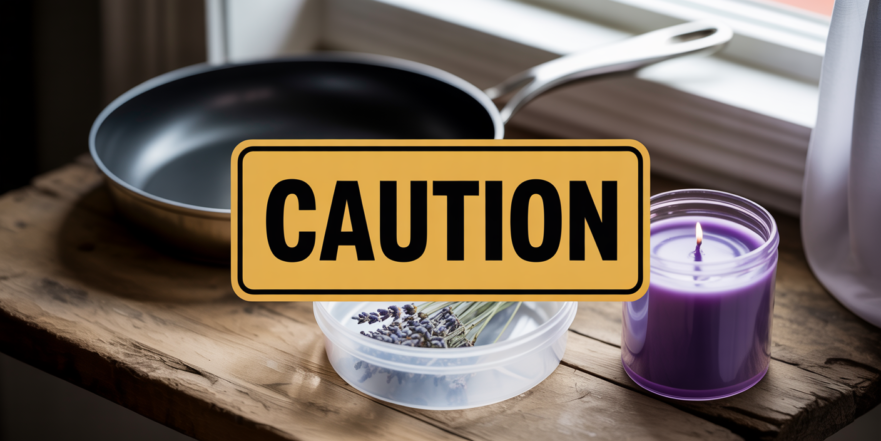
In our modern world, we are surrounded by synthetic chemicals. They’re in our food, our water, and the air we breathe. While we can’t eliminate all of them, we can take significant steps to reduce our exposure, especially within the one environment we have the most control over: our home. This article is designed to be your guide. We’re going to pull back the curtain on ten of the most common household culprits. My goal isn’t to scare you, but to empower you with knowledge. By understanding what these items are and why they pose a risk, you can make simple, informed swaps that will protect your health and the health of your family for years to come.
Key Takeaways
- Many everyday household products, from cleaning supplies to cookware, can release harmful chemicals like Volatile Organic Compounds (VOCs), PFAS, and phthalates into your home environment.
- These chemicals are often linked to serious long-term health issues, including various types of cancer, respiratory problems, and endocrine disruption, which affects your body’s delicate hormonal balance.
- The risk from many of these items increases with heat. Heating plastic food containers or scratched non-stick pans can cause more chemicals to leach into your food.
- For almost every item on this list, there are safer, more natural, and often equally effective alternatives available, such as wool dryer balls, cast iron cookware, and vinegar-based cleaners.
- The goal is reduction, not perfection. Even eliminating a few of these items from your home can significantly decrease your daily chemical exposure and support your long-term health.
1. Dryer Sheets
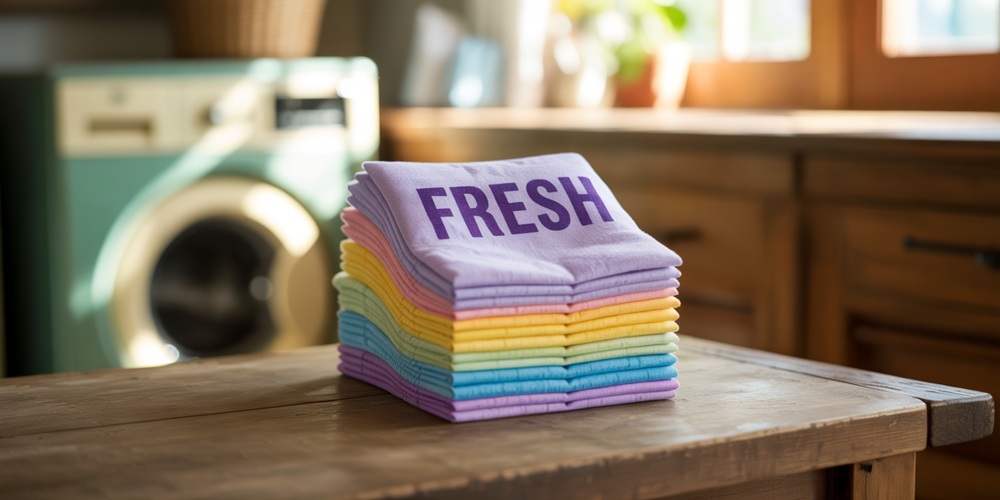
That soft, fresh scent you associate with clean laundry might be coming at a cost. Dryer sheets and liquid fabric softeners are loaded with a cocktail of chemicals, including something called Volatile Organic Compounds (VOCs). When heated in the dryer, these sheets release VOCs like acetaldehyde and benzene into the air, which then cling to your clothes and vent into your home. These compounds are known carcinogens and can irritate the respiratory system. That fragrance isn’t natural; it’s a chemical formula designed to stick to fabric. When you wear those clothes, your skin absorbs these chemicals, and you inhale them throughout the day.
The Safer Swap: You can achieve soft, static-free laundry without the chemical bath. Try using wool dryer balls. They bounce around in the dryer, separating clothes to help them dry faster and reduce static cling. If you miss the scent, you can add a few drops of a pure essential oil, like lavender or lemon, to the wool balls before tossing them in. It’s a simple, reusable, and much healthier way to do your laundry.
2. Non-Stick Cookware
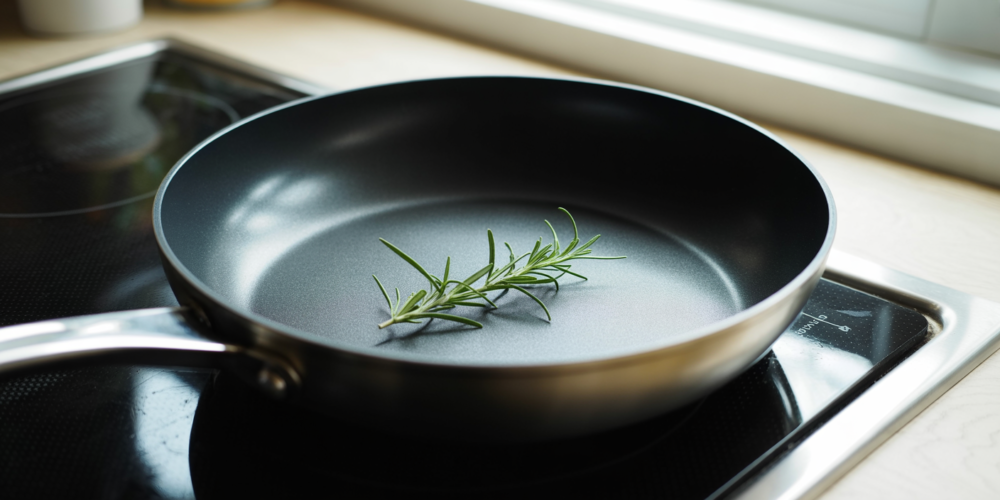
Non-stick pans are convenient, but their slick surface is often created with per- and polyfluoroalkyl substances (PFAS), a class of chemicals often called “forever chemicals” because they don’t break down in the environment or in our bodies. When these pans are overheated or scratched with metal utensils, the coating can break down and release these toxic particles and fumes directly into your food. Ingesting PFAS has been linked to a host of health problems, including thyroid disease, liver damage, high cholesterol, and certain types of cancer. If your non-stick pan has even a single scratch, it’s time to get rid of it, as the coating is compromised.
The Safer Swap: Invest in cookware made from more stable materials. Cast iron is a fantastic choice; when properly seasoned, it becomes naturally non-stick and can even add a bit of iron to your food. Stainless steel is another durable, safe option. While you might need to use a bit more cooking oil and adjust your heating techniques (low and slow is key), the peace of mind is well worth it.
3. Air Fresheners and Plugins
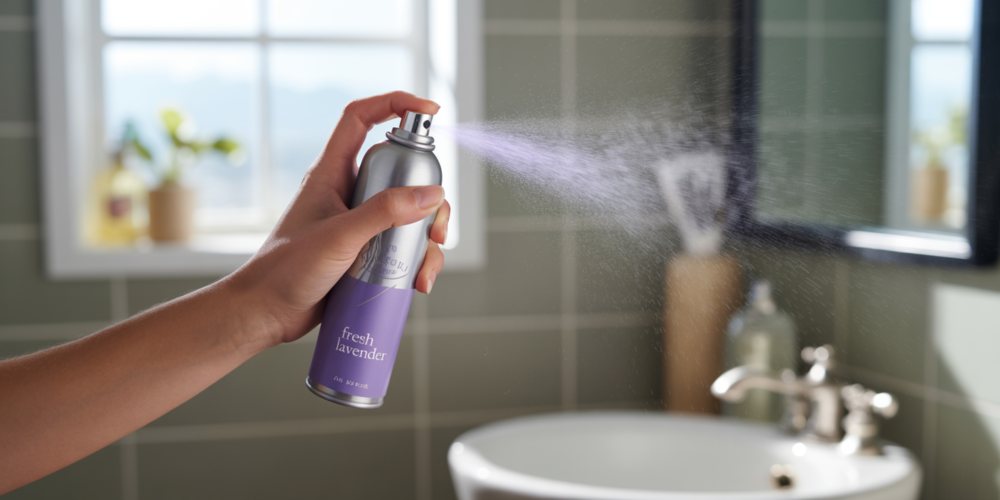
When you use a spray or plugin air freshener, you’re not actually “cleaning” the air. You’re releasing a mist of chemicals that masks odors and coats your nasal passages to dull your sense of smell. Many of these products contain phthalates, which are chemicals used to make fragrances last longer. Phthalates are notorious endocrine disruptors, meaning they can interfere with your body’s hormone production and regulation. This can lead to reproductive issues and other hormonal imbalances. Inhaling these chemicals is a direct route into your bloodstream.
The Safer Swap: To truly freshen the air, address the source of the odor and improve ventilation by opening a window. For a pleasant scent, use an essential oil diffuser with pure, high-quality oils. You can also simmer a pot of water on the stove with cinnamon sticks, cloves, and citrus peels for a beautiful, natural aroma.
4. Plastic Food Containers
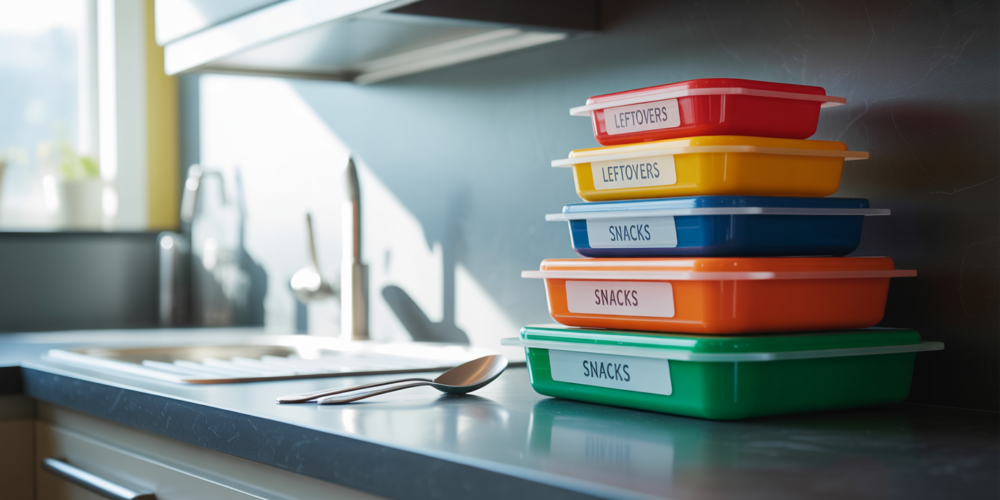
Storing leftovers in plastic containers is common practice, but it comes with risks, especially when heat is involved. Many plastics, even those labeled “BPA-free,” contain other chemical plasticizers that can act just like BPA. These chemicals, like bisphenols (BPS), are endocrine disruptors. When you microwave food in a plastic container, these chemicals can leach out of the plastic and into your meal at an accelerated rate. Over time, this consistent, low-dose exposure can contribute to health problems. The rule of thumb should be to never heat food in plastic.
The Safer Swap: Switch to glass, ceramic, or stainless steel food storage containers. They are far more stable, won’t leach chemicals into your food, and are generally microwave-safe (glass and ceramic) and dishwasher-safe. They may be a bit heavier, but they are a one-time investment in your health.
5. Harsh Cleaning Sprays
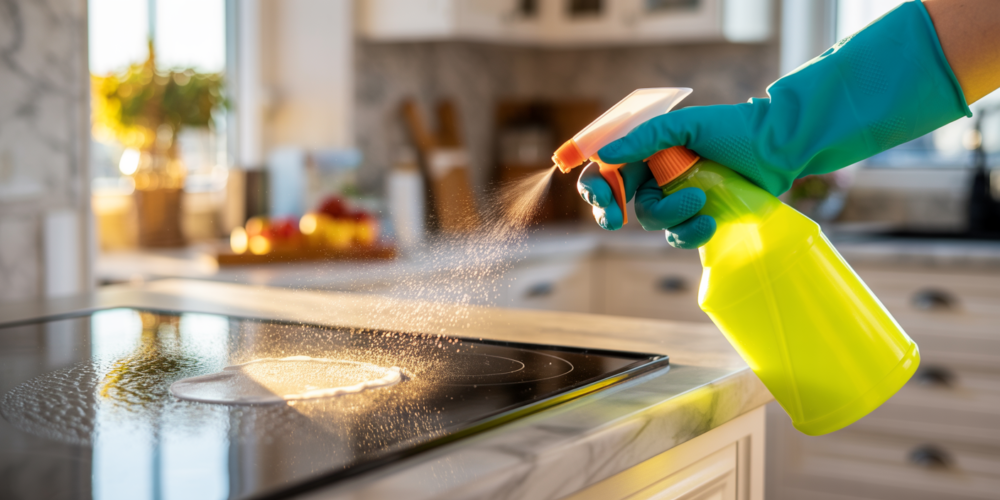
Those powerful all-purpose cleaners, oven cleaners, and bathroom scrubs often get their disinfecting power from harsh chemicals like ammonia, bleach, and quaternary ammonium compounds. While effective at killing germs, they also release fumes that can be highly irritating to your eyes, skin, and respiratory system. Chronic exposure has been linked to the development of asthma and other respiratory conditions. The warning labels on these products are there for a reason; they are poisons, and if they can kill bacteria, they can certainly harm your body’s cells, too.
The Safer Swap: You can clean most surfaces in your home effectively with simple, non-toxic ingredients. A spray bottle filled with a 50/50 solution of white vinegar and water is great for cutting grease and cleaning glass. Baking soda works as a wonderful abrasive scrub for sinks and tubs. For a disinfectant, a simple soap and water solution is often all you need.

